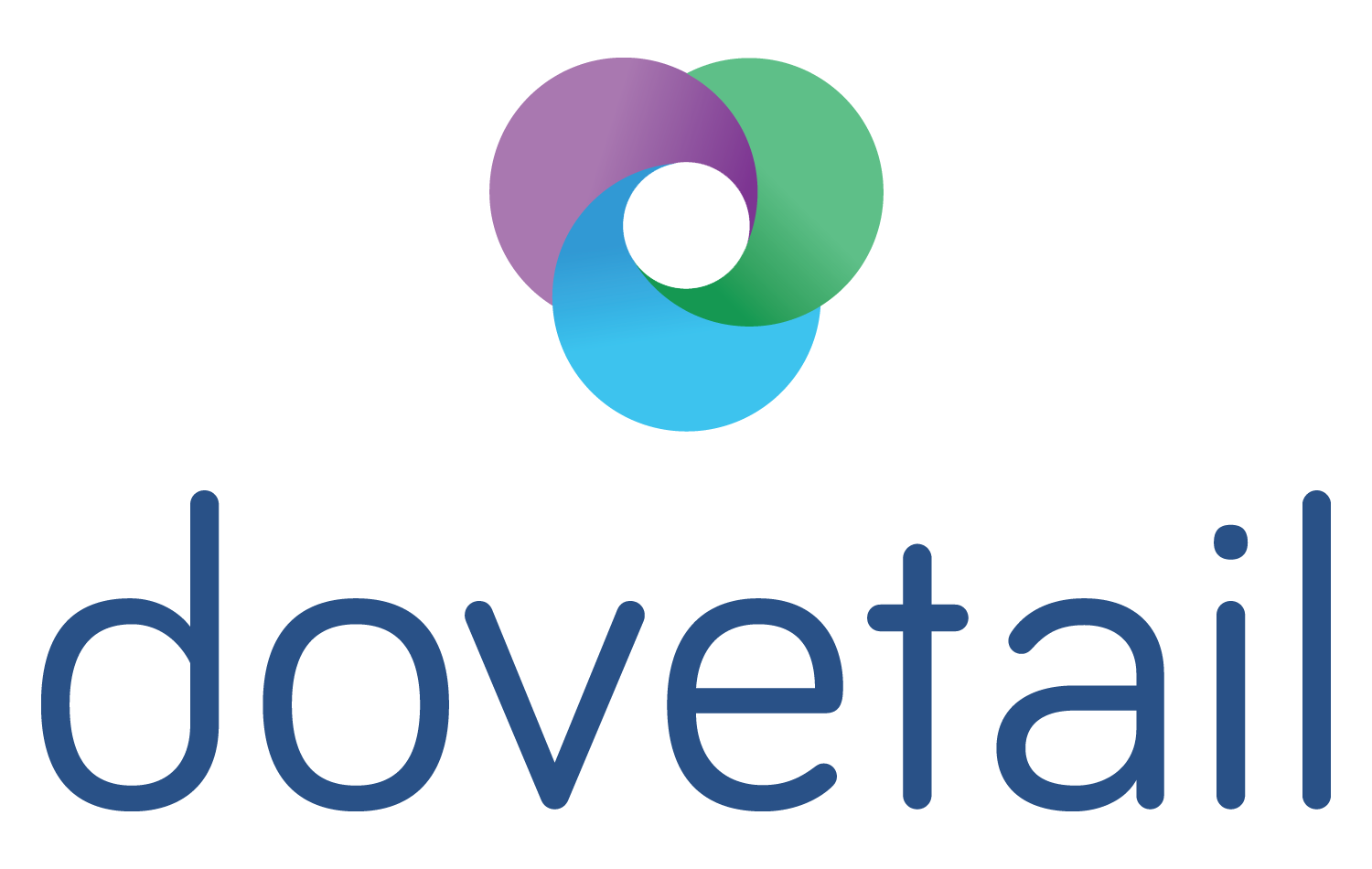The evaluation 'sweet spot'
It’s the week of the annual Aotearoa New Zealand Evaluation Association (ANZEA) conference. It’s one of those events that give you a much-needed shot in the arm to remind you about why you do the work you do.
Stephanie Evergreen was an ANZEA keynote, and her address on data visualisation was a real treat. Stephanie is dedicated to supporting people find in data visualisation that evaluation ‘sweet spot’. The sweet spot brings together design skill and interpretability, and in so doing, provide us as evaluators with critical tools for communicating findings, as well as the meaning of the findings.
So if her one-hour keynote was a treat, then today’s all day workshop on data visualisation was an absolute feast of tips, tools and resources to help make our work useful.
For me, the take home messages from Stephanie included these gems
- We are visual people. So much of what we do is under-noticed and under-used because it’s not well presented. We need to be always thinking about what the data we are presenting is communicating to the viewer.
- When we’re doing graphics and visualisations, we need to think about what are the relationships we are presenting. Is it the part in relation to the whole? Is it the spread of responses? Is it change over time? Is it comparison? The answer to this will shape the way we present our data.
- We need to simplify our data visualisation, then emphasise the key elements.
- Things like colour change creates an expectation of meaning. We need to think about the colours we use and the interpretation they bring about. Techniques like using grayscale and a single bold colour to show key elements can greatly support interpretation.
- Relying on the default settings in programs like Excel simply let down the reader. We can and should look at data visualisation critically and create better templates that convey meaning.
- What is the system of understanding we are creating? For example, we can order our data in a way that makes the most sense to viewers, like most to least, or alphabetical – but rarely if ever in the order we posed questions in a survey.
- If we visualise data well, the payoff is massive interpretability.
Stephanie’s website and blog are well worth visiting, full of tools, techniques, links and observations about how we can use data visualisation to improve our evaluation practice.
And on another note, I have been elected to the ANZEA Board. It’s a privilege to be able to be a part of the evaluation community in New Zealand in this way.
